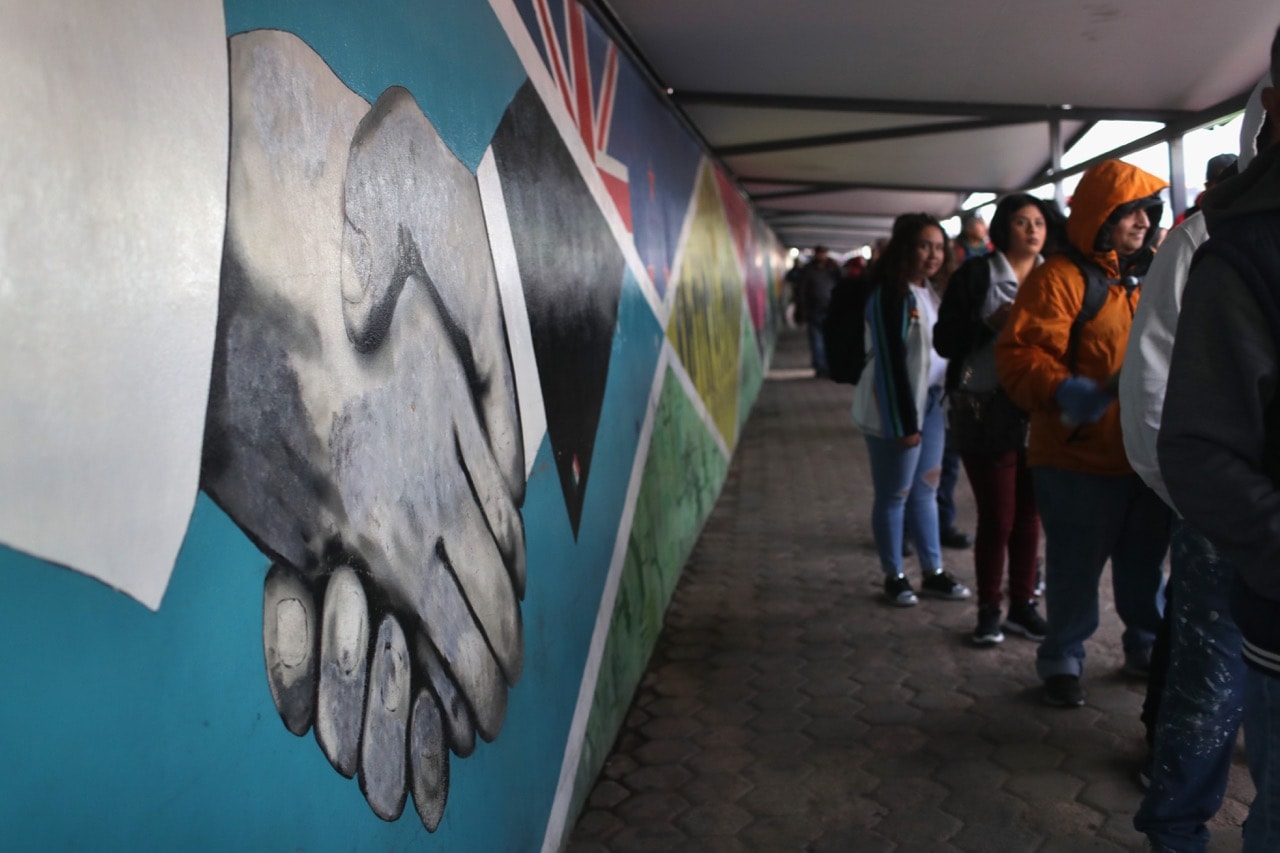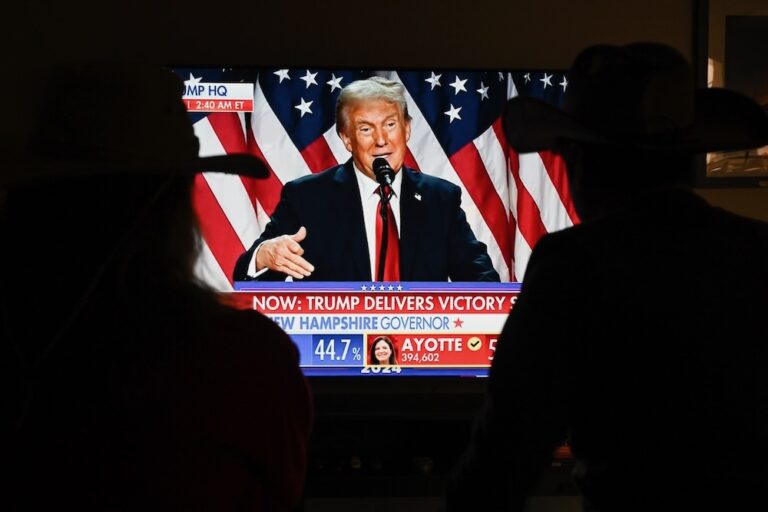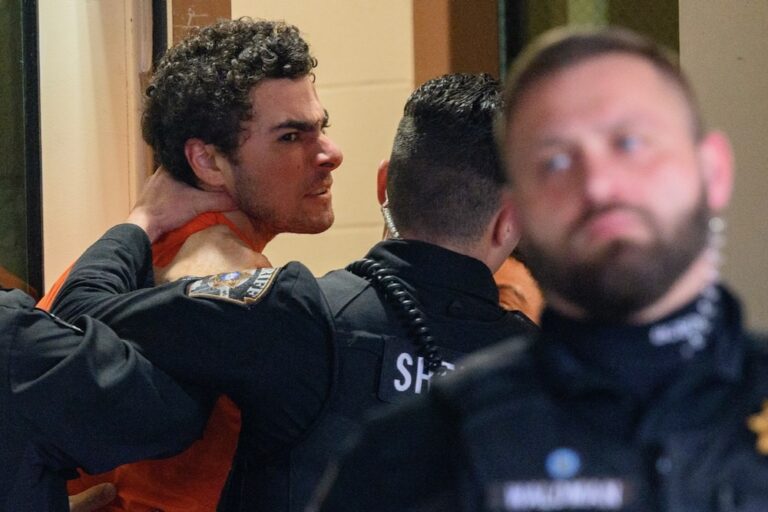CPJ is concerned by reports that U.S. Customs and Border Protection (CBP) is harassing journalists or subjecting them to invasive questioning during secondary screening when they cross into the United States.
This statement was originally published on cpj.org on 11 February 2019.
The Committee to Protect Journalists is concerned by reports that U.S. Customs and Border Protection (CBP) is harassing journalists or subjecting them to invasive questioning during secondary screening when they cross into the United States.
CPJ has spoken with at least eight journalists who said that U.S. border agents questioned them during secondary screenings about their reporting on a migrant caravan in Mexico. In at least six cases, the journalists said that agents asked to review photos or provide information about the migrant caravan. Separately, two journalists told CPJ they were contacted by CBP and asked to hand over video footage and submit to an interview as part of an internal investigation into potentially illegal conduct from border agents. CPJ is also aware of at least two cases where Mexican border agents denied entry to journalists who were previously questioned or photographed by CBP.
The cases took place amid increased press coverage of migrant issues on the Mexico-U.S. border. Several journalists with whom CPJ spoke said that border agents harassed them or took photographs of them. A video published in The Intercept shows a border agent telling journalists they can be charged with a misdemeanor or felony for “aiding and abetting” individuals to enter the U.S. The video was published as part of an Intercept investigation into harassment of journalists, lawyers, and activists at the border.
“Custom and Border Protection’s apparent use of secondary screening as a pretext for questioning journalists about their reporting is akin to treating the media as informants and is a worrying sign for press freedom,” said CPJ North America Program Coordinator Alexandra Ellerbeck. “Journalists have a duty to protect their independence and the confidentiality of their sources. They should not be subject to questioning that goes beyond the purpose of facilitating lawful travel entry for an individual.”
Journalists told CPJ that the agents’ questions during secondary screenings often seemed more targeted at intelligence gathering.
In late December, Go Nakamura, an American freelance photographer, and Bing Guan, an American student at the International Center for Photography in New York, were pulled in for secondary screening when driving into San Diego through the San Ysidro port of entry, the journalists told CPJ. Nakamura said that officials questioned them separately. Both journalists told CPJ that they were shown a photo line-up of about 20 images, including what appeared to be mug shots and surveillance photos. Guan told CPJ that he was asked to identify “instigators” of the caravan.
Mark Abramson, an American freelance photojournalist, told CPJ that U.S. border agents searched his notebooks at the border on January 5. He said that they asked how he made his money as a freelancer and questioned him about American groups that might be helping migrants. Abramson told CPJ that the border officials made him leave his bag and phone behind when he went in for questioning.
“I’m not an informant. My job is to inform the public,” Abramson said. “What if there had been sources in my notebook? It feels like protection of journalists was thrown to the wayside.”
Ariana Drehsler, an American San Diego-based freelance photojournalist, said she was flagged for secondary screening at least three times between late December and early January at the San Ysidro port of entry on her way to San Diego. Drehsler said that she was asked about groups working with the migrant caravan and how she made her money as a freelancer. She said that one CBP official asked if she would show them photographs, but didn’t press the issue when she refused.
Spanish freelance journalist Emilio Fraile said that on December 31, U.S. border agents approached a group of photojournalists along the border wall in Tijuana and repeatedly asked “Where is Emilio?” while shining flashlights at the group. Fraile said he was the only person in the group with that name and did not respond. He said that he believes the agents may have been trying to intimidate him.
Separately, Fraile and two other Spanish freelance journalists were approached by Mexican municipal police who photographed their passports. Fraile told CPJ that the police said they were going to share the photographs with American border patrol.
Customs and Border Protection told CPJ in an email on February 8 it would need to research the inquiry and would not be able to provide a comment before the publishing deadline.
CPJ has previously documented how Mexican officials denied entry to at least two journalists covering the migrant caravan in January 2019.
CPJ’s 2018 report, “Nothing to Declare,” looks at how secondary screenings and device searches of journalists undermine press freedom.



